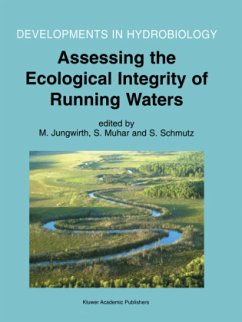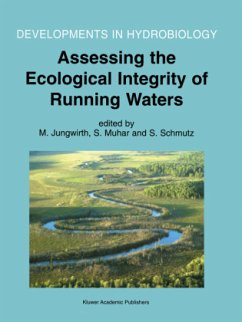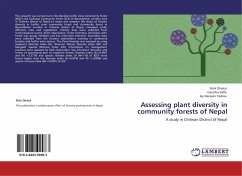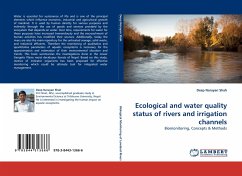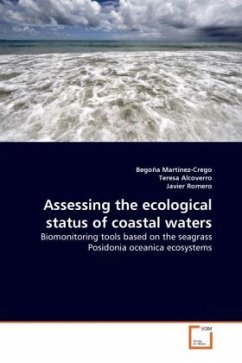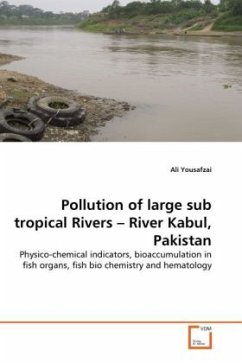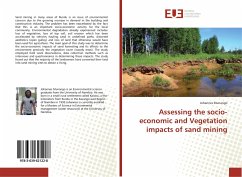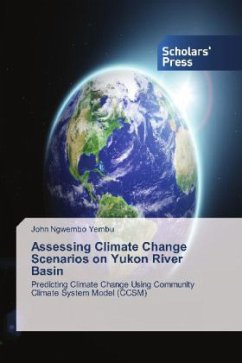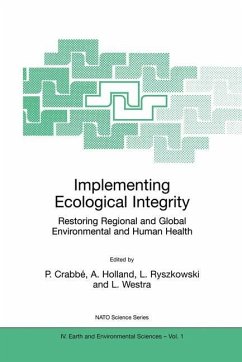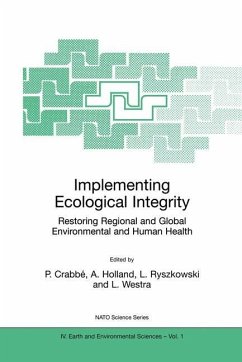
Fish Ecological Studies in Assessing Ecological Integrity of Rivers
Application in Rivers of Nepal
Versandkostenfrei!
Versandfertig in 6-10 Tagen
52,99 €
inkl. MwSt.

PAYBACK Punkte
26 °P sammeln!
This work is intended to assess the integrity ofrivers in Nepal by some fish community baseparameters such as the number of species, compositionand the abundance. However, the variety of otherinformation regarding fish resource and rivermorphology such as spatial and temporal distributionand density of fish species, size structure of aspecies, and substrate and physico-chemicalparameters of the river are also well documented.Four disturbances, agriculture, urbanization, damsand weir, and industries were studied here to assessif there were any impairments on the integrity of therivers by them. ...
This work is intended to assess the integrity of
rivers in Nepal by some fish community base
parameters such as the number of species, composition
and the abundance. However, the variety of other
information regarding fish resource and river
morphology such as spatial and temporal distribution
and density of fish species, size structure of a
species, and substrate and physico-chemical
parameters of the river are also well documented.
Four disturbances, agriculture, urbanization, dams
and weir, and industries were studied here to assess
if there were any impairments on the integrity of the
rivers by them. This work comprised nine rivers of
Nepal in Central and Western Development Region
facing those disturbances. The classifications of
river systems were also tried by using both fish base
variables and abiotic factors using cluster analysis
and discriminant analysis respectively and the
results for these were remarkable. Finally, it was
seen that the fish population dynamics was sensitive
to varieties of disturbances the rivers are facing
indicating that the fish base methods of assessing
water quality and river integrity could be developed
for Nepalese rivers as well.
rivers in Nepal by some fish community base
parameters such as the number of species, composition
and the abundance. However, the variety of other
information regarding fish resource and river
morphology such as spatial and temporal distribution
and density of fish species, size structure of a
species, and substrate and physico-chemical
parameters of the river are also well documented.
Four disturbances, agriculture, urbanization, dams
and weir, and industries were studied here to assess
if there were any impairments on the integrity of the
rivers by them. This work comprised nine rivers of
Nepal in Central and Western Development Region
facing those disturbances. The classifications of
river systems were also tried by using both fish base
variables and abiotic factors using cluster analysis
and discriminant analysis respectively and the
results for these were remarkable. Finally, it was
seen that the fish population dynamics was sensitive
to varieties of disturbances the rivers are facing
indicating that the fish base methods of assessing
water quality and river integrity could be developed
for Nepalese rivers as well.



